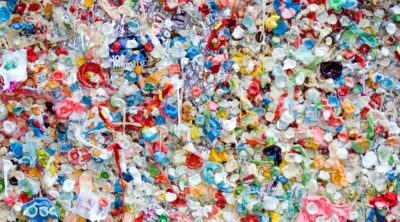
From historic to present day usage, cisterns remain a popular choice for storing water. These water receptacles lend themselves useful in domestic and irrigation purposes.
Drink waters out of thine own cistern, and running waters out of thine own well.
―Proverbs 5:15 (King James Bible)
A cistern is a simple and surefire way of bringing your water costs down. From their prime purpose, which is holding water and storing it for future uses, cisterns are also utilized in a number of applications – from toilet flushes, irrigation to deviating water from buildings and streets.
One may be quick to think of cistern as wells, but unlike wells, cisterns are made with impervious surfaces, in other words, they are lined with sealants that prevent water from seeping from the sides.
History
Cisterns find their mention in Bible since Israelites carved cisterns out of rocks to store rainwater to have enough supply during the harsh and dry summers. Likewise, the technology of cisterns can be traced back to the prehistoric times, where they were essentially used to hoard rainfall run off and as water-carrying canals and aqueducts to support domestic as well as agricultural needs. With the onset of the nineteenth century, the application of cistern diversified as technological advances ensued as people become more aware of hygienic and healthier lifestyles.
Application of Cisterns
Cisterns are used widely in domestic uses – washing clothes, cars, watering gardens, flushing in toilets, etc. As for consumption, modern-day cisterns are installed with filters and other water treatment or purification facilities to make the water collected fit for drinking.
Gravity-fed cisterns are common in many parts of the world where rainwater is collected on an elevated platform, which then uses gravity to supply water for domestic or irrigation purposes. These cisterns do not require any pumping system and therefore, can be used even when there is no electricity.
Underground cisterns as compared to the gravity-fed cisterns are capable of holding more amounts of water and are insulated by earth. Similarly, underground cisterns are not likely to lose water because of evaporation as in the case of gravity-fed cisterns. However, this cistern system necessitates the installment of pump in order to draw water below the ground.
Toilet Cistern
Cisterns are widely used in toilets to hold sufficient amount of water to empty contents of the toilet bowl. Cistern flush toilets make use of water seals that prevent the malodor of excrement. Earlier, the toilet cisterns would be positioned high above the toilet bowl. This arrangement required for a long chain which used to be connected to the release valve of the cistern and pulled in order to drive out the excreta from the bowl. Today, toilet cisterns are installed on the wall above the bowl (also known as exposed cistern) or are placed into the wall behind the toilet (known as concealed cistern). The flush mechanism for exposed cistern can be found on the cistern itself whereas for the concealed cistern has the flush mechanism mounted on the wall behind the toilet bowl.
Cisterns can be used as treasure troves when it comes to storing rainwater. The water, thus collected can be used for gray water purposes like toilet flushing, gardening (chemically untreated water is good for plants), and other domestic non-potable (non-drinkable) activities. This kind of water conservation also results in reduced run-off volume, which means that there will be less contaminated stormwater that will flow into lakes and streams, which in turn would cut down the load on stormwater sewer infrastructure.
While a cistern comes in with multitude uses, it is important to keep its cleanliness in check. Especially, if you are intending to use the stored water for potable purpose, your cistern will require periodic maintenance. To do so, it is a requisite that you empty it and clean it with a suitable non-toxic cleanser, so that it doesn’t pose any risk to the water quality or damage the cistern.





